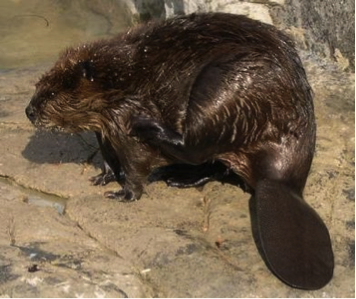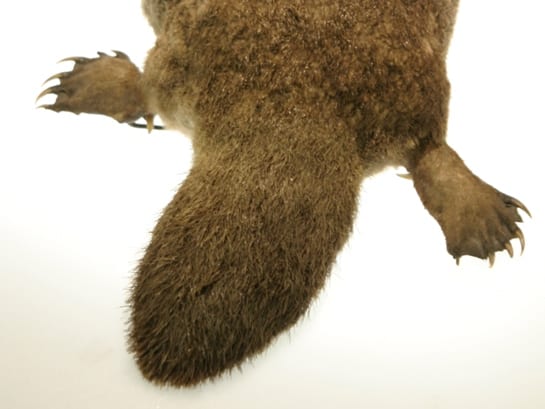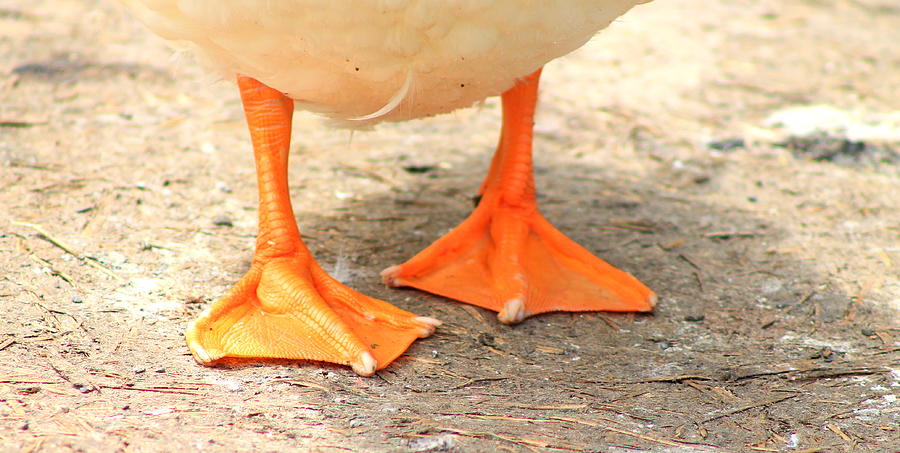chad kincham
Well-Known Member
The author of the "falsibility criterion" claims that evolutionary theory is falsible. For example, it predicts that a well-adapted population in a constant environment will change very little, a prediction that has frequently been confirmed. It also predicts that such population will change if the environment changes, which has also been confirmed.
And I just showed you a testable case regarding the evolution of the mammalian ear, which has been confirmed by fossil, embryological, and genetic data.
Perhaps you don't know what "science" means. What do you think it means?
On the other hand, here’s what other prominent evolutionists say, that it’s not falsifiable:
Karl Popper (1902-1994) was one of the most influential philosophers of science of the 20th century. Popper's early work attempts to solve the problem of demarcation and offera clear criterion that distinguishes scientific theories from metaphysical or mythological claims.
Popper strongly supports the idea that a theory in science must be testable and, for the tests to be valid, they must be capable of falsifying the theory if it is not correct. It follows that a true scientific theory, in order to be tested, must be about a process that can be repeated and observed either directly or indirectly. One-time-only historical events may be true, but they are not part of science for there is no way of repeating them, observing them, and subjecting them to testing. Also, for a theory to be testable, it must be possible for those conducting the tests to use it in making predictions about the outcome of the tests. If a theory is not suitable for use by scientists to make specific predictions, it is not a scientific theory. Many scientists agree with Karl Popper on the testability requirement for a scientific theory because, without testing, there can be no unimpassioned selection among available alternatives.
A major reason that the theory of evolution is not a falsifiable scientific theory seems to be that it is so plastic it can explain anything and everything.
Ernst Mayr made some startling admissions about Darwin's original model of mutation and natural selection. He said, "Popper is right; this model is so good that it can explain everything, as Popper has rightly complained." This relates to the requirement in science that a theory or model must make exclusionary predictions. If the concept is so generalized that it can explain any conceivable type of evidence, then it is of no value in science. For example, if a theory can explain both dark and light coloration in moths, both the presence and absence of transitional forms in the fossil record, complex life forms either above or below in rock strata, etc., then it has no value in making predictions.
(He’s referring in part there, to Darwinian gradualism vs. Gould’s punctuated equilibria evolution- they can’t both be right, and contradict each other)
On the same subject, Dr. Fraser said, "It would seem to me that there have been endless statements made and the only thing I have clearly agreed with through the whole day has been the statement made by Karl Popper, namely, that the real inadequacy of evolution, esthetically and scientifically, is that you can explain anything you want by changing your variable around.
Nobel Prize winner Peter Medawar calls Popper "incomparably the greatest philosopher of science who has ever lived."15 At a seminar held at Cambridge University to discuss Stephen Gould's ideas on evolution (April 30 - May 2, 1984), Medawar summed up the meeting with the observation that no theory, no matter how well-established, can be considered exempt from Popperian challenge.
Herman Bondi has stated, "There is no more to science than its method, and there is no more to its method than Popper has said."18
What does Karl Popper say about evolution theory? In his autobiography Unended Quest he writes:
I have come to the conclusion that Darwinism is not a testable scientific theory, but a metaphysical research programme -- a possible framework for testable scientific theories. It suggests the existence of a mechanism of adaptation and it allows us even to study in detail the mechanism at work. And it is the only theory so far which does all that.
This is of course the reason why Darwinism has been almost universally accepted. Its theory of adaptation was the first nontheistic one that was convincing; and theism was worse than an open admission of failure, for it created the impression that an ultimate explanation had been reached.
Now to the degree that Darwinism creates the same impression, it is not so very much better than the theistic view of adaptation: it is therefore important to show that Darwinism is not a scientific theory but metaphysical. But its value for science as a metaphysical research programme is very great, especially if it is admitted that it may be criticized and improved upon.19
(Excerpt from Luther Sutherland’s book Darwin’s Enigma, of interviews with prominent evolutionists, that he put online for free):
Darwin's Enigma - Chap# 1
Upvote
0






